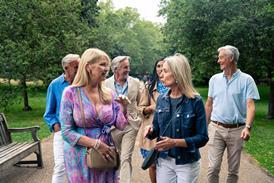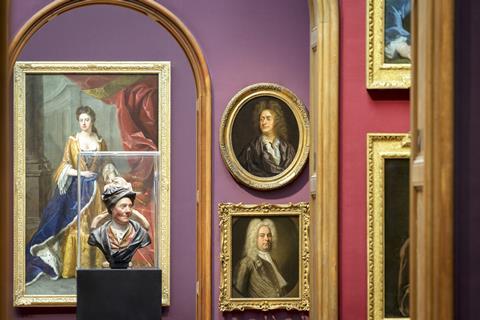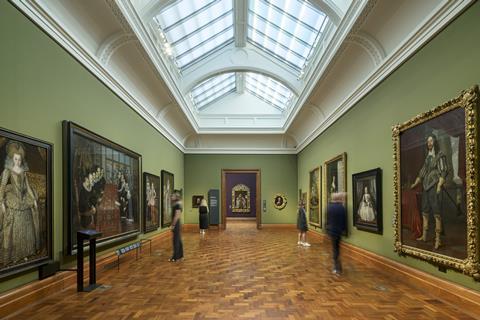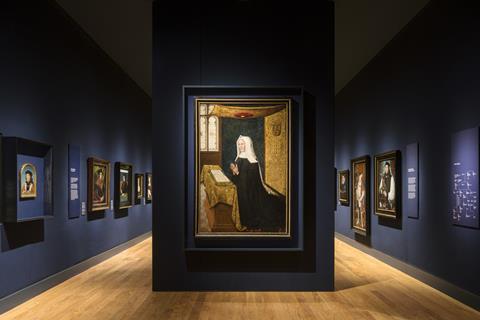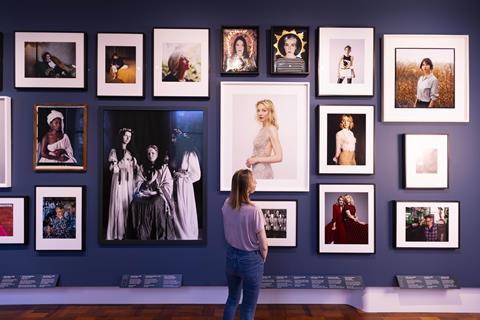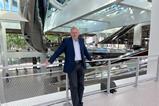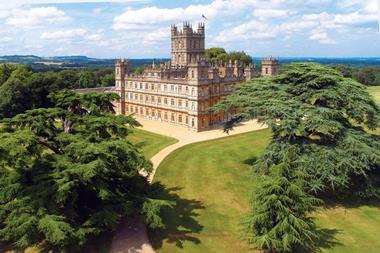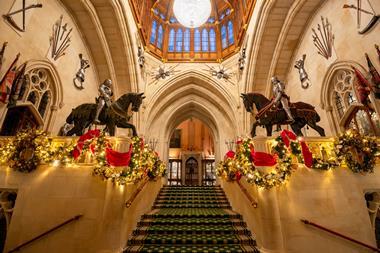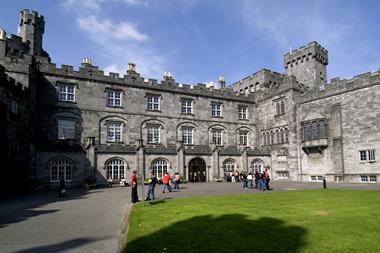We went along to the new-look National Portrait Gallery in London which has reopened following its biggest transformation of all time.
Just like the strokes in the portraits on display, every single detail has been considered in the £41m transformation of the National Portrait Gallery. Everything from how collections are displayed down to the type of flooring, lighting and colours used.
Press officer Perry Stewart, my guide for the morning, even explains how they chose the colours of the walls to complement the portraits: “They looked at which colours were used throughout a certain collection of paintings and picked those out to enhance the portraits.”
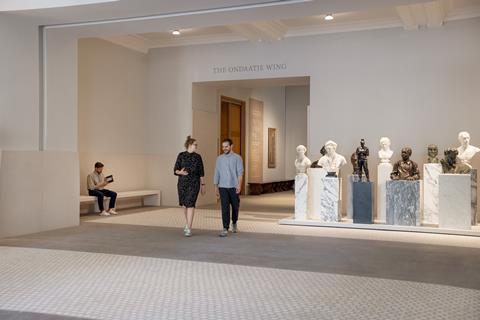
Alongside the vibrant colours throughout the reimagined gallery, what struck me was how bright and welcoming it is, inviting you to see many of the portraits in quite literally ‘a different light’. This has been an important aspect for the team throughout the three-year project, the biggest of its kind since the gallery opened in 1896.
Many original windows, doors and roof lights have been opened to bring in natural light which has allowed more delicate works to be displayed and enjoyed by visitors.
A journey through the new National Portrait Gallery
The portraits on display from the world’s biggest collection, span an incredible six centuries taking visitors on a journey from the Middle Ages to the present day. They are chronologically arranged so our tour begins on the third floor with the Tudor collection and the gallery’s oldest portrait of King Henry VII which dates back to 1505.
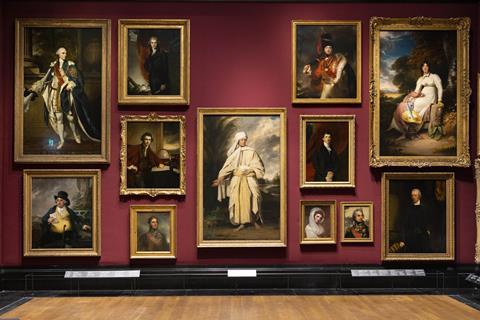
We made our way through the United Kingdoms: Creating a Nation, 1603-1800 section which tells the story of how the UK came about through striking and intricate portraits.
I was taken aback by the Portrait of Mai by Sir Joshua Reynolds which depicts Mai (Omai) a Polynesian who came to the UK with Captain James Cook. Jointly acquired by the National Portrait Gallery and the J. Paul Getty Museum, the seven foot high portrait is described as one of the most important, influential portraits in the history of British art and is the gallery’s most significant acquisition to date.
The second floor takes you through the new Blavatnik Wing which encompasses nine refurbished rooms with portraits exploring society and culture in the 19th and early 20th centuries.
What struck me was how bright and welcoming it is, inviting you to see many of the portraits in quite literally ‘a different light’.
Inclusivity was key to transforming the Gallery
What used to be known as the Statesmen’s Corridor is perhaps where the effect of the rehang is felt most prominently.
It is now full of inspiring people and at the end of the corridor is an audacious portrait of artist Laura Knight pictured painting a nude female model.
It’s considered a statement about the ability of women to paint previously thought ‘taboo’ subjects.
This shift in female representation was very present as I explored the gallery - not least the new doors which incorporate 45 bronze panels by artist Tracey Emin representing ‘every woman, throughout time’.
The Gallery has taken steps, responding to audience feedback, to present an inclusive picture of the people who have contributed to the history of the UK such as through the Reframing Narratives: Women in Portraiture collection.
Now, 48% of the portraits in the 20th and 21st century galleries are of women (up from 35 per cent) and 11 per cent of all works on display are of UK ethnic minority sitters (up from 3%).
More contemporary portraits on display
There are also more contemporary works on display including in the main collection on the first floor and there’s also a new focus on photography such as the fascinating Victorian cartes-de-visite and modern photography. There’s much more of the ‘story’ behind the portraits, and the form used and the special Making Galleries are a welcome addition allowing visitors to delve deeper into portraiture as a process, for example a gallery devoted to the Lucian Freud Archive reveals his working practice through a selection of drawings, sketchbooks and letters.
The shift in female representation was very present as I explored the gallery - not least the new doors which incorporate 45 bronze panels by Tracey Emin representing ‘every woman, throughout time’.
On the ground floor, the new History Makers display seemed very popular with visitors and on closer look, I could see why. There are plenty of well-known faces to explore, from Wimbledon champion Andy Murray to England footballer Lucy Bronze and campaigner Baroness Doreen Lawrence as well as Glastonbury’s Michael Eavis and singer Ed Sheeran. I loved the huge tapestry by Michael Armitage depicting four refuse collectors at work during the first lockdown in 2020.

New café and accessible entrance
There really is a melting pot of portraits across the Gallery with more than 1,100 on display (up from about 800 three years ago) and once you’ve worked up an appetite, check out the beautiful original terrazzo floor discovered during the renovations of the Weston Wing which now houses the café.
The new Ross Place entrance has reorientated the building and is more welcoming with a new outdoor forecourt for visitors. There’s now accessible access to all floors too as well as a bigger Gallery Shop which even itself features uncovered historical details.

I was also lucky enough to see the Paul McCartney Photographs 1963-64: Eyes of the Storm exhibition (which runs until 1st October) which gives an extraordinary insight into the world of the Beatles, from the musician’s rediscovered and never-before-seen photographs.
The Gallery is running the David Hockney: Drawing From Life exhibition from 2nd November until 21st January, 2024 which explores the artist’s work over the last six decades.
For information about group visits to the National Portrait Gallery call 020 7306 0055 or email education@npg.org.uk.


